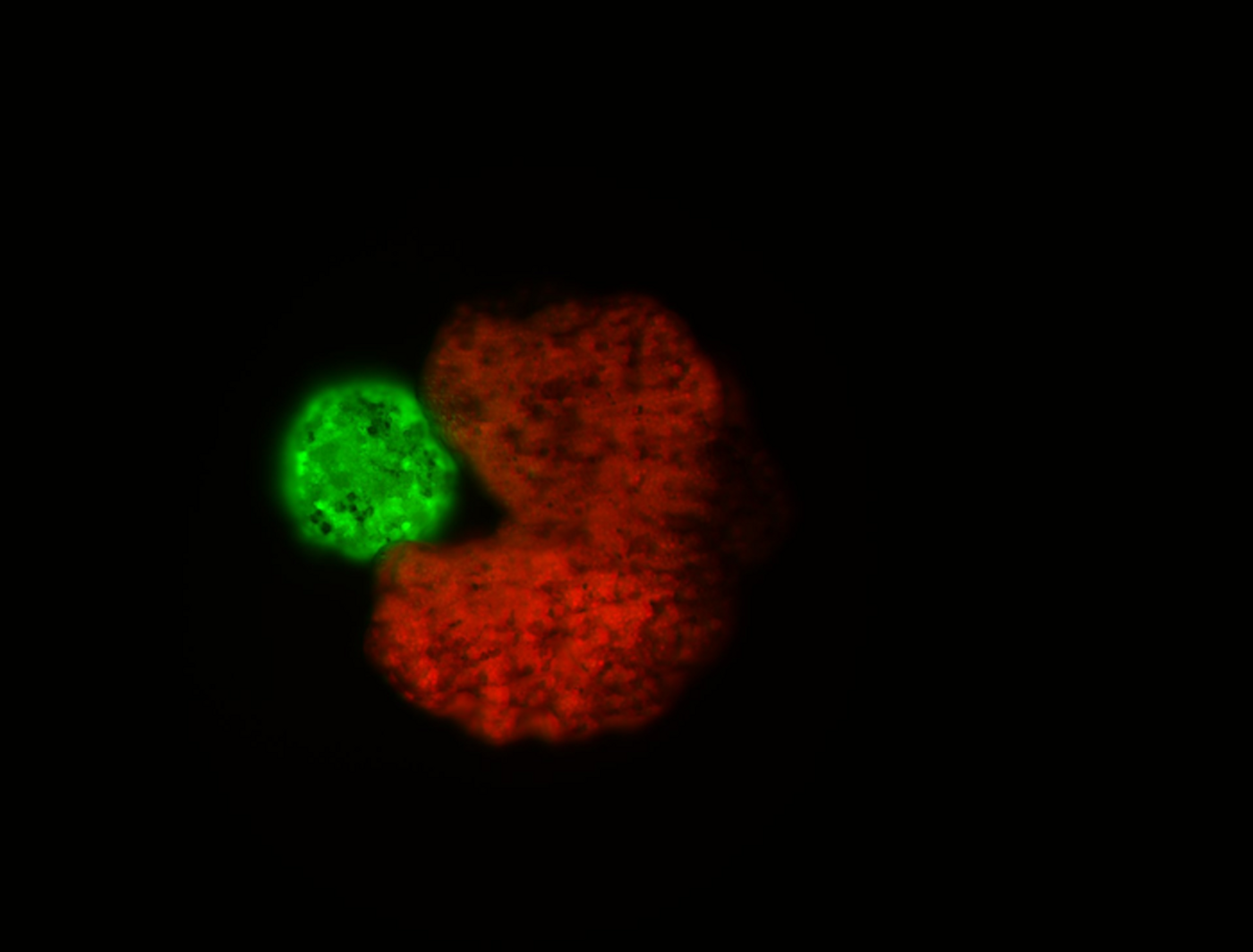Researchers Create Living Robots That Can Self-Replicate
Biological organisms can reproduce and make more of themselves using a variety of different mechanisms, many of which we understand. Now researchers have found a completely new way for an 'organism' to reproduce itself. In this work, stem cells from Xenopus laevis frog embryos, which would normally develop into skin, were removed from the frogs and put in a salt solution. There, they were freed from their duties in the development of an organism, and on their own, created a system in which the cells reproduced. The work has been reported in the Proceedings of the National Academy of Sciences.
These cells would normally be on tadpole skin, dealing with pathogens and mucus redistribution. “But we’re putting them into a novel context. We’re giving them a chance to reimagine their multicellularity," said co-lead study author Michael Levin, a professor of biology and director of the Allen Discovery Center at Tufts University. Though these cells have a frog's genome, “freed from becoming tadpoles, they use their collective intelligence, a plasticity, to do something astounding.”
The cells don't make skin in that context. About 3,000 of these cells will instead come together to form a sphere, and this system will start generating more cells. “These can make children but then the system normally dies out after that. It’s very hard, actually, to get the system to keep reproducing,” said lead study author Sam Kriegman, PhD. So the researchers turned to a supercomputer to simulate different body shapes, hunting for one that would promote the so-called kinematic replication observed in this study.
All sorts of shapes were tried, like squares, starfish, or just weird stuff. After months, the computer landed on one shaped like Pac-Man. “It’s very non-intuitive. It looks very simple, but it’s not something a human engineer would come up with," said Kriegman. When the research team tested the design, and built Pac-Man xenobots, multiple generations were produced. This is the first time kinematic replication has been seen at the level of an 'organism.'
“We've discovered that there is this previously unknown space within organisms, or living systems, and it's a vast space,” said co-lead study author Joshua Bongard, a computer scientist and robotics expert at the University of Vermont. “With the right design, they will spontaneously self-replicate.”
“These are frog cells replicating in a way that is very different from how frogs do it. No animal or plant known to science replicates in this way,” said Kriegman.
In 2020, this research team created Xenobots using frog cells to make the first living robots (described in the second video). These hand-assembled organisms could be designed on a computer to carry out tasks. If the actions of a collection of cells could be orchestrated, they might be therapeutically applied to traumatic injury, aging, birth defects, or cancer, noted Levin.
This research can act as a model for self-replicating systems. But this is a small scale and easily controlled model, unlike other self-sustaining systems, such as a pandemic virus or climate change, suggested Bongard. “This is an ideal system in which to study self-replicating systems. We have a moral imperative to understand the conditions under which we can control it, direct it, douse it, exaggerate it.”
Sources: University of Vermont, Proceedings of the National Academy of Sciences









